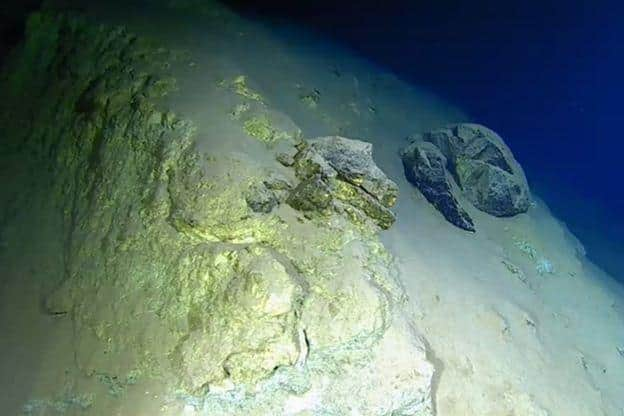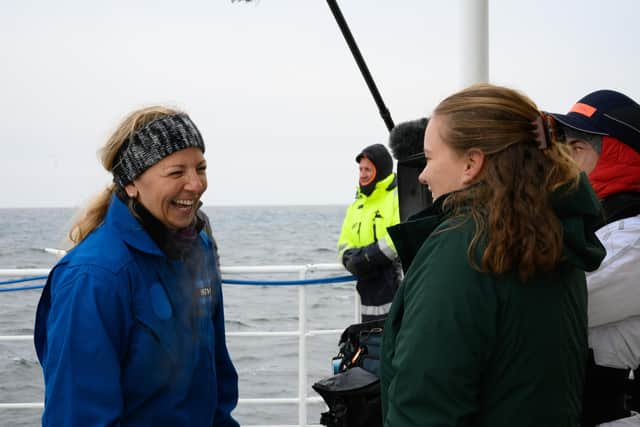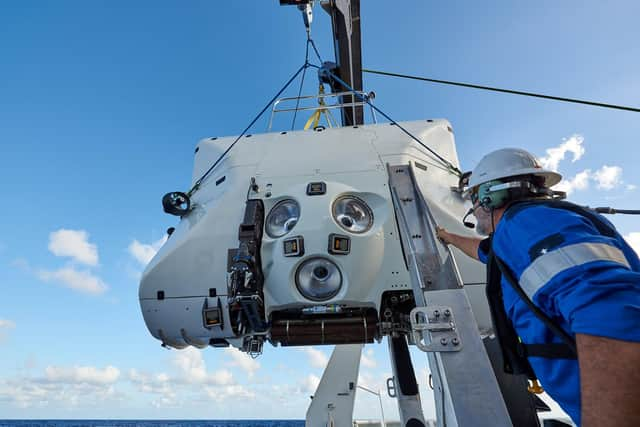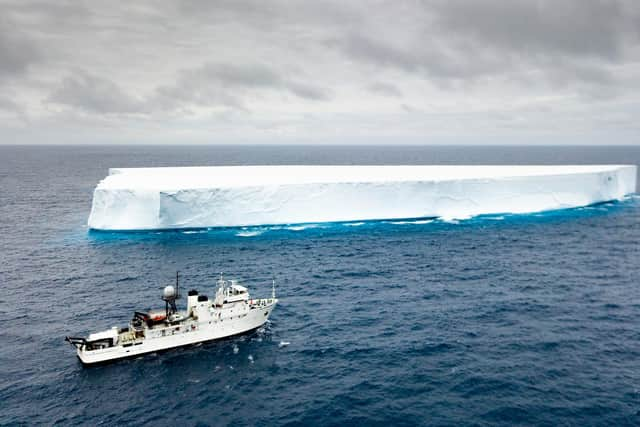In the trenches: Scotland's deepest diver maps furthest reaches of the world's deepest oceans
There was no hesitation for Scottish scientist Heather Stewart, from the British Geological Survey, who now holds the title of deepest-diving woman in Scotland.
And what she saw was “phenomenal”.
Edinburgh-based Stewart is chief geologist for the pioneering Five Deeps Expedition (FDE), which ventured to all five of the lowest points on earth to survey them in detail, including places that had never before been explored.
Advertisement
Hide AdAdvertisement
Hide AdThe mission has allowed an area roughly the size of Finland to be mapped for the first time and seen new ‘deeps’ recognised.
It has also provided new insights into some of the diverse sealife thriving on deep sea vents and other seemingly inhospitable domains.
“From my point of view, getting to go down there in person, being able to actually see the rock formations and everything, that was phenomenal,” she said.
“There is something a little bit selfish about seeing something nobody’s ever seen before.


“The colours are amazing – oranges, luminous yellows, bright blues in the rock wall, picking out all the fractures.
“And having the control to look at things more closely was amazing.”
As part of the expedition, Ms Stewart spent six hours at a time at depths of several thousand metres below the surface, cocooned with a colleague inside the 2m-wide titanium sphere that served as the cockpit of the DSV Limiting Factor.
So what’s it like?


“You’re bobbing on the sea surface, with the sky, the waves, lots of greys,” she said.
Advertisement
Hide AdAdvertisement
Hide Ad“Then the message ‘clear to dive’ comes and you start the descent.
“The submersible, which is shaped a bit like a lozenge on the outside, falls pretty fast, although it doesn’t really feel like it’s moving.
“The most striking thing is how the colours change as you go down.


“You see lots of marine snow – plankton, wee creatures scooting past.
“Although it’s very dark, you can still see.
“Then comes the moment when the seafloor looms out of the darkness, that’s just amazing.
“I was so excited. There was a scientific high and a personal one.”
Prior to the expedition, the lowest parts of some oceans were relatively well known – such as Challenger Deep in the famous Mariana Trench, the deepest of all at 10,924m.


Other oceans were less studied and had multiple contenders that could have been the deepest points.
Advertisement
Hide AdAdvertisement
Hide AdThere had also been a lack of high-resolution data and accurate depth measurements available for the Indian Ocean and Southern Ocean, with doubt as to the exact location of the deepest point.
Amongst the findings, the latest surveys have produced the most accurate mapping yet of the South Sandwich Trench, which spans the Southern and Atlantic oceans and is the world’s only sub-zero zone deeper than 6,000m, and revealed its deepest point, Meteor Deep, at 8,265m.
The mission also undertook the first crewed descent to the absolute bottom of the Java Trench, in the eastern Indian Ocean.
Discovering the secrets of the deep is important for many reasons, providing data that can help identify risks from natural phenomena such as volcanic activity, provide insights into climate change and inform management of fishing activity and marine development.
